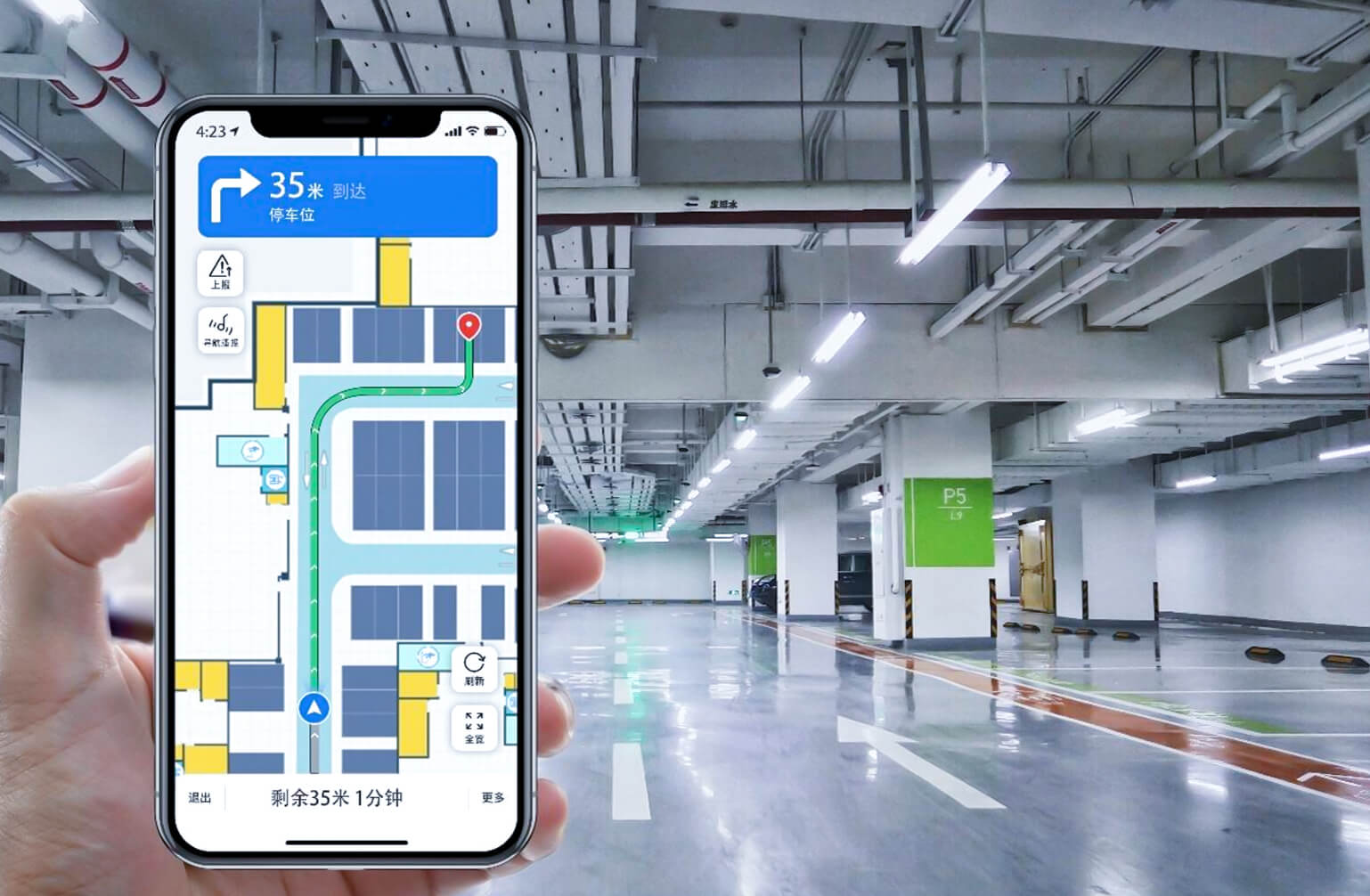
By connecting various items, the Internet of Things (IoT) makes the physical and digital worlds more integrated and intelligent, improving our quality of life. Real-time locating system (RTLS), the underpinning foundation of the IoT perception network, has a far-reaching influence. However, Real-time Locating System (RTLS) is mixed due to issues with positioning accuracy, cost, and signal interference, among other things. In this article, we will lay out the fundamentals of Real-time Locating System (RTLS), and how the Bluetooth Low Energy (BLE) technology is applied in RTLS, which is also becoming one of the most prominent techniques utilized in indoor positioning services.
What are RTLS and BLE?
Real-time Locating System (RTLS) is a supplement of Location Based Services (LBS) used to identify and track the position of objects or persons in real-time. Wi-Fi, Bluetooth, ultra-wideband (UWB), Zigbee, and other positioning technology can realize RTLS.
The Bluetooth Low Energy (BLE) is designed for very low power operation, transmitting data over 40 channels in the 2.4GHz unlicensed ISM frequency band. BLE is increasingly frequently employed as a device positioning technology to meet the growing need for highly accurate indoor location services, despite initially being renowned for its device communications capabilities. One device may now use capabilities in BLE to search, locate, and detect the direction of another device.
BLE-based RTLS uses transmitters to send BLE signals to receivers. These signals will be analyzed into accurate position coordinates. A complete set of BLE-based RTLS equipment at least includes a transmitter, a receiver, a calculation engine, and an integrated platform.
BLE-based RTLS is experiencing rapid growth with abundant application in different businesses.
Manufacturing applications tend to involve asset management or asset tracking. On this occasion, BLE-based RTLS provides a solution that every machine or object can be equipped with a small asset tag (transmitter) with its unique identity, increasing asset visibility. When the machine enters, exits a specified area, or arrives at the desired location, its position information will be recorded and processed as accurate position data that helps manage different types of machines and tracks lost devices. Besides, workers can wear badge tags or wristband tags to achieve personal scheduling, electronic fence, and alarm management.
Smart city
A smart venue aims to improve operational efficiency and user experience. Thus, smart venues can deploy receivers (anchors) in the stadium and specific places when staff and invited guests with wearable tags associated with identity information enter the detected area, and real-time positioning along with trajectory tracking could be enabled by the system at the same time. This arrangement not only prevents outsiders or any uninvited visitors from entering the area but also counts and controls the number of people present in the same area in real time. Meanwhile, guests who get lost can be found in time, or in the event of any emergency, the nearest security staff will be reminded and dispatched to the scene in time.
The worldwide RTLS market for healthcare is expected to increase from USD 2.0 billion in 2023 to USD 5.8 billion by 2028. Despite different wireless technologies being adopted for healthcare, BLE-based RTLS still has made a mark and is predicted to witness vigorous growth in the near future. As a result, the application of BLE-based RTLS in healthcare has become more abundant.
Three primary application scenarios are medical equipment tracking, patient locating, and staff locating. According to diverse purposes, people or equipment can apply appropriate tags so as to arrange them efficiently. For patients, BLE-based RTLS provides admissions and treatment management by real-time locating their positions and even protecting at-risk patients through recording related indicators and active areas. Additionally, it maximizes the utilization of medical resources like staff and medical equipment, giving patients better treatment and boosting hospital revenue.
Why BLE-based RTLS?
“Compared with Wi-Fi, 5G, and UWB, BLE has some obvious advantages. For instance, BLE has a flexible ecosystem with unobtrusive hardware, low power consumption, and cost-effectiveness. Meanwhile, it can perform 0.1-0.5m high precision as UWB.”

-Wayne Wang, Blueiot technical specialist
Concerning its comprehensive advantages, BLE-based RTLS device shipments are poised for significant acceleration from 2023 to 2027. While updated safe specifications, stringent compliance procedures, and sustainable operations have made BLE-based RTLS increasingly viable.